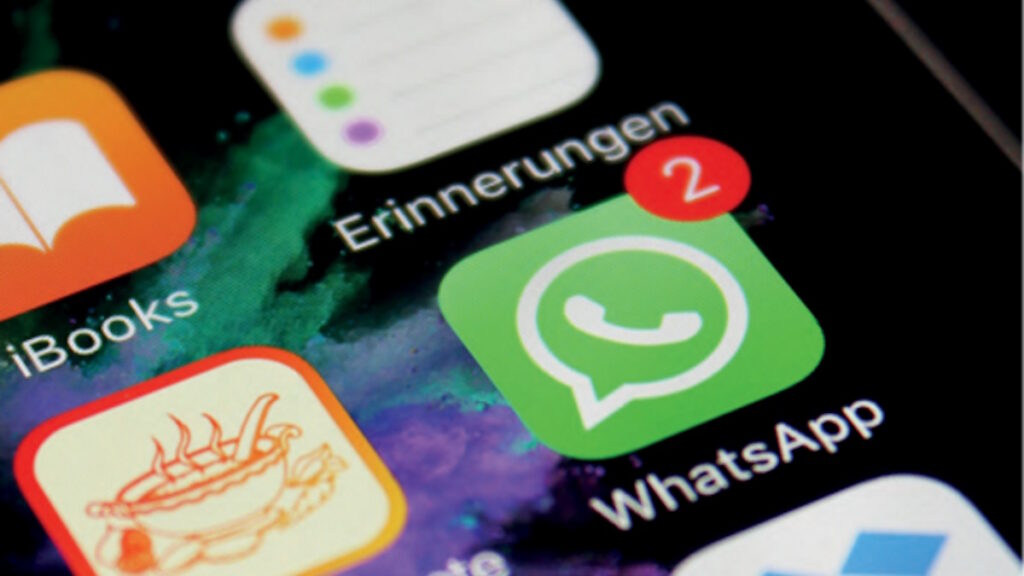Open online surveys can be distributed via a whole range of methods. You’re not just limited to email! This means you have opportunities to be creative and try out different ways as you reach out to more interactive audiences. Take a look at our ideas and share yours with us.
Social media
Facebook is the world’s most popular social media network with over 2 billion active users every month. That’s a huge collection of sociodemographic data for your surveys! However, the organic reach on Facebook is not what it used to be and won’t be sufficient for distributing your online surveys. These days, Facebook’s real potential lies in paid posts and ads. Facebook offers impressively extensive and detailed options for targeting, which enables you to pinpoint the exact audience you want to reach.
Since its launch in 2003, LinkedIn has gathered over 547 million professional users and one million company profiles. These volumes are very interesting if your surveys research professionals and industries. Within LinkedIn you can share a survey as a company update, a personal post, banner, text ad or send it directly to selected individuals as a private message.
Twitter’s audience comprises 310 million monthly active users. It is more diverse as engages consumers and professionals alike. Within Twitter you can use ads to target people based on their location, age, gender, device or keywords.
In China, some market research organizations use a local social media network called WeChat to distribute online surveys. The WeChat messaging app is massively popular in China with 768 million active users every day.
Most popular messaging apps per country

Although WeChat’s network structure is often compared to WhatsApp or Facebook, it is, in fact, very different. The WeChat app has been evolving into a full-service platform as it strives to be everything at once: a place for chatting, shopping, gaming and banking. Alongside a wider range of services, WeChat’s users benefit from easy integration with other apps, including Facebook.
All this makes WeChat a fantastic opportunity for engaging different audiences across China. For example, if your organization has a company page on WeChat with followers, then it’s possible to display your survey link either on your page or send it directly to followers via a private WeChat message. To incentivize followers to respond the survey, you can redirect them from the WeChat app to the company’s website where a reward awaits.
Even though this idea is easy to implement, it still requires a bit of technological knowledge. You can take advantage of our experience with this solution by deploying your WeChat project through Nfield Online.
WATCH OUT
WhatsApp currently holds the status of being the most popular messaging app in the world. The Facebook Corporation bought WhatsApp a few years ago and in 2016 partly integrated user accounts across the two apps. Even though this has happened, the Facebook Corporation remains very cautious about privacy and spammy user experiences and doesn’t allow third-party ads to be displayed in WhatsApp. Compared to WeChat, WhatsApp’s commercial usage is more restricted and it doesn’t allow for distribution of online surveys in the same way – at least for now.
Physical touchpoints
Offices, reception desks, shops and presence at trade shows, seminars and other industry events are all physical touchpoints between companies and potential survey respondents. Printed materials, interior décor, products and touch screens all provide opportunities for inviting survey participation. Which means you can turn any physical environment into a place for conducting everything from customer or employee satisfaction surveys to product research.
QR codes
Quick Response (QR) codes are those digital squares you find in all kinds of places. The square contains a unique two-dimensional, usually black and white code, which can be read via dedicated QR barcode readers and smartphones. You can easily generate unique QR codes for your surveys with simple tools such as www.qr-code-generator.com. These can then be printed on business cards, product sheets, leaflets, posters, packaging and even products, and displayed in exhibition booths, reception areas, around premises, on vehicles and more.
It’s worth remembering that printed QR codes will remain in circulation for an indefinite period of time. This means they are only appropriate for surveys which will remain active for a long time, such as ongoing consumer satisfaction surveys.
Because people usually read QR codes from their smartphones, the surveys these link to must be optimized for completion via a smartphone.
Beacons
Beacons make it possible to invite passersby to take a short survey about their current experience of a precise location in real time. For example, you can instantly survey visitors to buildings and events about their opinions of their immediate environment. A great opportunity everywhere from airports to trade shows to ask people for improvement suggestions.
Each Beacon is effectively a cheap, small Bluetooth transmitter. The standard broadcast range spans from a couple of centimeters to 100 meters. While GPS is a great tool for locating bigger targets on a map such as streets and buildings, Beacon technology enables you to pinpoint exactly where an individual is standing, even inside a building, to a precision of one meter.
Beacons don’t follow people, they search for devices within their range. When they detect nearby smartphones and tablets, they send out a message which has been designed and saved in the Beacon. However, this is a one-way transfer. Beacons don’t receive messages from the nearby devices. This means that the survey invitation you send from a Beacon has to redirect the recipient from the Beacon message to the first question of the survey, because the Beacon cannot receive and save the survey responses themselves.
Every smartphone or tablet is a potential receiver of Beacon messages, but they will only work is they have:
- the Bluetooth function activated
- a mobile app installed which receives and acts upon Beacon signals.
The two biggest players in the beacon market are Apple with iBeacon and Google with Eddystone. The latter is better suited for market researchers. Messages coming from Eddystone Beacons are automatically picked up by the ever-present Google Chrome app. So you don’t have to build your own app. In contrast, Apple’s iBeacon solution requires a specially designed app to interact with the Beacon’s messages.
https://developer.apple.com/ibeacon/
https://developers.google.com/beacons/
Organizers sometimes install Beacons around event venues and offer exhibitors the opportunity to use them.
Share your ideas
Do you have other creative ways of distributing survey invitations? Maybe there’s more we can do to help you integrate these with Nfield Online? Tell us about them by emailing info@nipo.com
Download the ‘Online Survey Distribution’ brochure in the PDF format.

